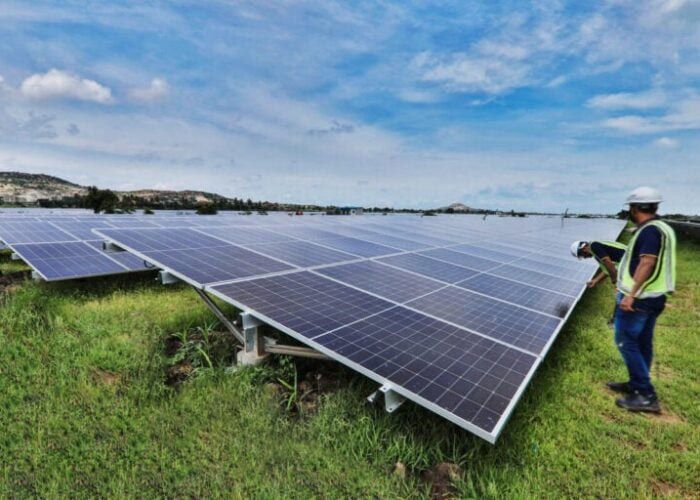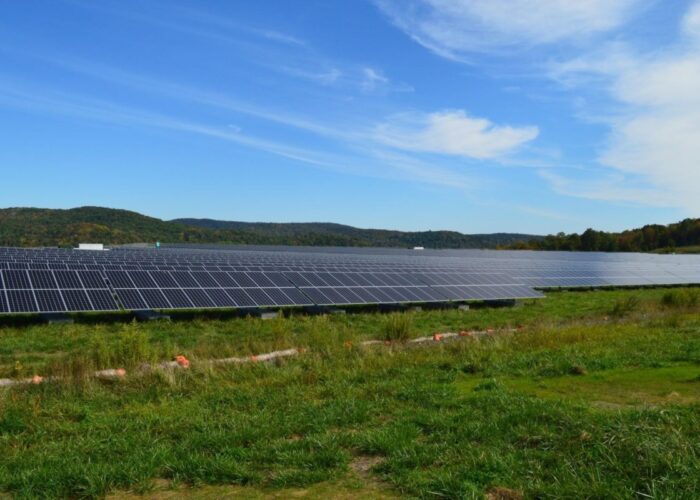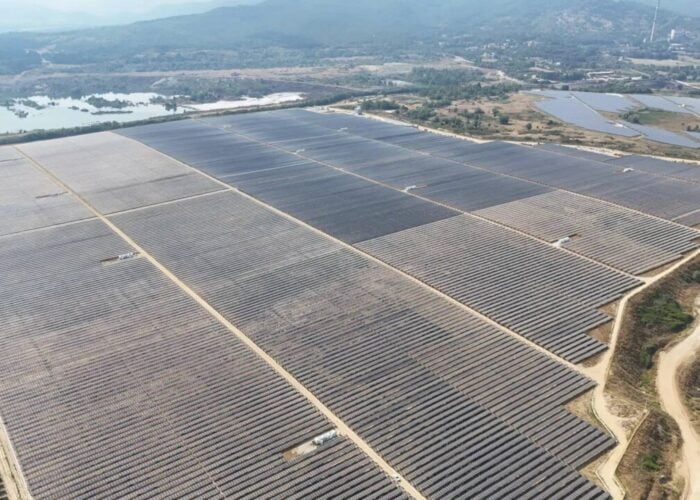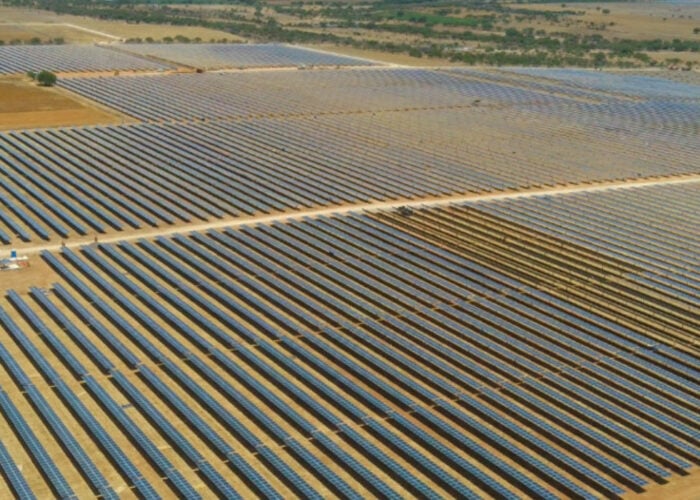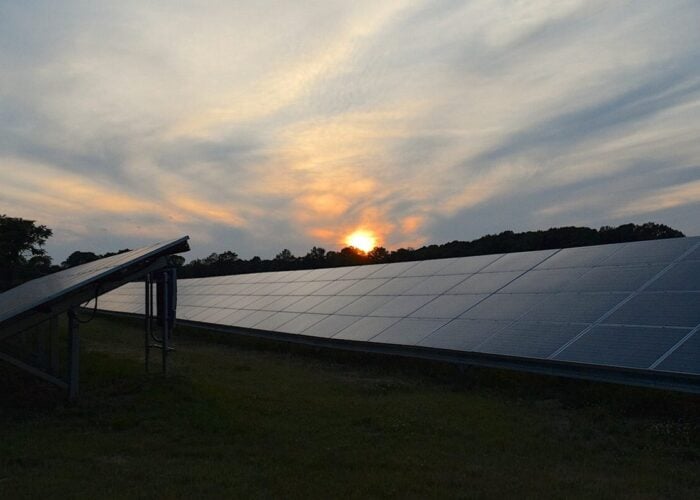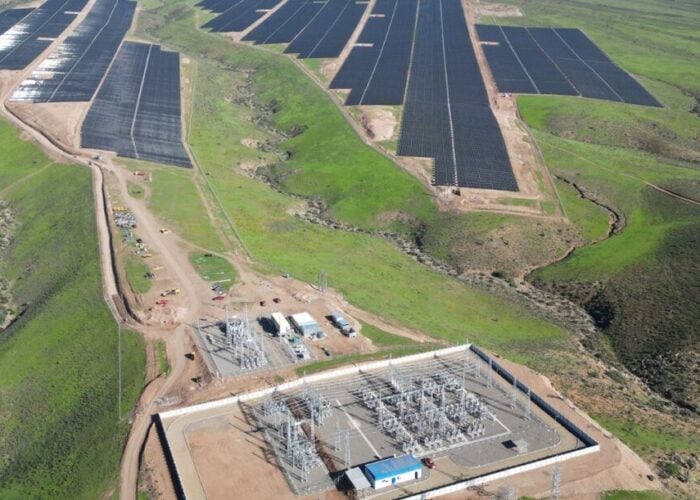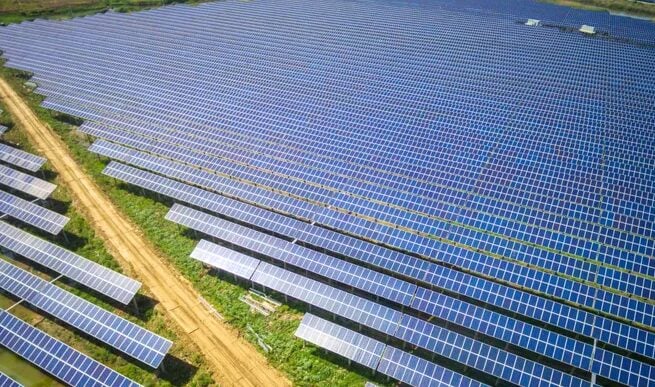
Swedish solar developer OX2 has submitted plans for a 150MW solar-plus-storage project in Queensland to Australia’s Environment Protection and Biodiversity Conservation (EPBC) Act.
The Sunshine State Solar Farm and battery energy storage system (BESS), which is also Queensland’s nickname, features a 128MW/256MWh 2-hour duration BESS.
Try Premium for just $1
- Full premium access for the first month at only $1
- Converts to an annual rate after 30 days unless cancelled
- Cancel anytime during the trial period
Premium Benefits
- Expert industry analysis and interviews
- Digital access to PV Tech Power journal
- Exclusive event discounts
Or get the full Premium subscription right away
Or continue reading this article for free
It is being proposed near the small coastal town of Rollingstone, approximately 50km north of Townsville in North Queensland. The total project site is 185.92 hectares.
The project site has historically been cleared of vegetation and used as a sugarcane farm; its current use is cattle grazing.
Sunshine State Solar Farm will feature around 235 solar PV modules installed in regular arrays on a single-axis tracking system. It will also feature power conversion units, underground high AC voltage reticulation cabling, and aboveground and underground DC cabling.
The proposal, initially developed by ESCO Pacific, was called the Rollingstone Solar Farm. In 2023, OX2 purchased ESCO Pacific and its pipeline of projects, with the project now referred to as the Sunshine State Solar Farm.
According to planning documents, the Townsville City Council initially approved the solar PV power plant in December 2016, but it has since been amended, and the currency period has been extended several times.
The most recent amendment approved by the Townsville City Council came in December 2024, when OX2 proposed including a co-located BESS as an ancillary component of the project.
Paluma Range National Park is situated west of the project site, just on the other side of a railway line. Parts of this national park are mapped as the Wet Tropics of Queensland World Heritage Area.
Construction of the solar-plus-storage site is scheduled to begin in late 2027 or 2028 and is expected to last around 18 months. Operation is slated to start in early 2030.
Solar in Australia’s EPBC Act
The EPBC Act, administered by the federal government, aims to protect nationally threatened species and ecological communities. The approval must be received before a project can be developed.
If a project is deemed to impact these matters significantly, it becomes a “controlled action” requiring assessment and approval under the EPBC Act. In contrast, if a project does not have a significant impact, it becomes “not a controlled action,” meaning it is clear for development.
Several solar PV power plants have been added to the EPBC Act over the course of the past year.
This includes the Muskerry solar PV power plant, a 250MW solar-plus-storage project in Victoria. The site includes plans for a 200MW/800MWh co-located BESS, which is being pursued by Edify Energy.
More recently, the Weasel Solar Farm project, a landowner-led 250MW solar-plus-storage project in Tasmania, received the green light in just 20 days.
As reported by PV Tech earlier this month, Malaysian engineering and infrastructure giant Gamuda has partnered with the Downie Family and its development partner, Alternate Path, an energy consultancy based in Victoria, to build the Weasel solar-plus-storage site.
In December 2024, the EPBC Act was scrutinised by the Australian trade association, the Clean Energy Investor Group, which revealed that decision-making periods have doubled from 2021 to 2023.
According to the group representing Australian and global renewable energy investors, the average decision-making period for controlled actions requiring comprehensive environmental assessments increased from 62 days in 2021 to 136 days in 2023.

